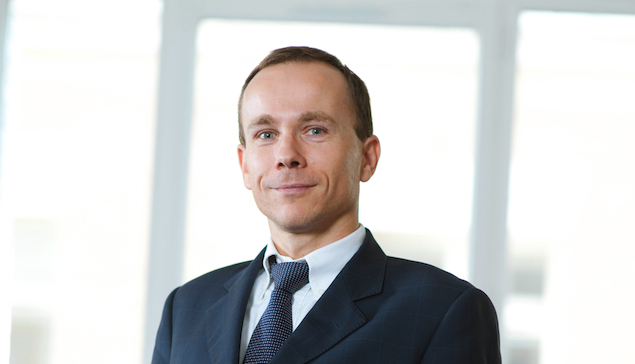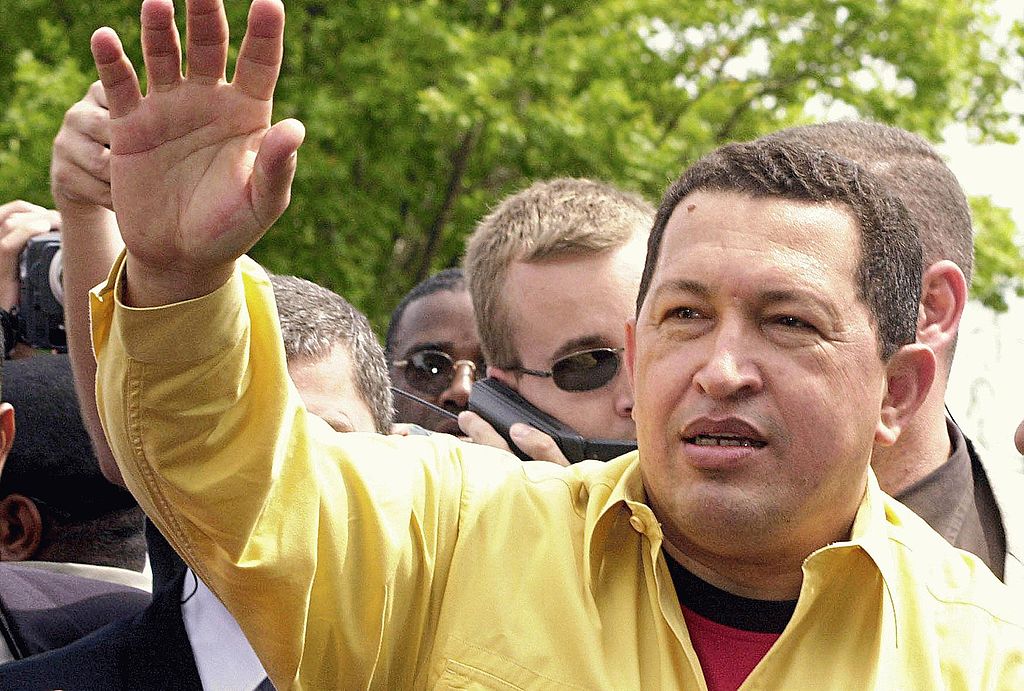When it comes to identifying investment opportunities for next year, at Edmond de Rothschild AM they try to see the glass half full. But when it comes to investing in emerging markets, says Jean-Jacques Durand, Emerging Market Hard Currency Bond Manager, the investment is binary: it’s either all or nothing, “either you see the glass completely full or completely empty.” It is true that feelings are often extreme in these markets and there are always difficult periods but, in exchange, the manager reminds us, the exciting thing is that there are always interesting stories in emerging markets. “We have an opportunistic investment philosophy focused on where there are good stories. Even if the asset is not liked in general, there are always stories with good potential,” argued the manager, during a presentation with clients in Madrid.
Speaking of these interesting stories in emerging debt, Durand never disappoints with his anti-consensus positions. In the current context, and in analyzing the risk-adjusted returns, the manager points out that in recent years it has been the high-yield debt that has behaved better, because the higher spreads absorb the risks. In this sense, their proposals are very heterodox and they focus in countries like Venezuela, Ukraine and Turkey. He plays very interesting stories in the fund that he manages.
“Venezuela is in a transition situation comparable to that of Argentina a few years ago, when the country was debating between a political model that was coming to an end to give way to something new. It is a more dramatic case but the comparison makes sense,” explains the fund manager. In his view, there is an asymmetry in the short-term risk and long-term prospects of a country that has the resources to pay its debt (although there is some restructuring along the way). That is why currently it is one of the most attractive investment cases, he says, despite political problems, and lower oil prices. “The probability of seeing a new country in a few years is almost certain,” he says.
With regards to Ukraine, he also points to its transition since the war, with a diversified economy (agriculture, industry and technology) that also has the support of the West due to its strategic importance. In addition, he sees less risk of interference from Russia than two years ago.
In Turkey’s case he also differs widely from other fund managers. In his opinion, the discounted market as response to political problems is an overreaction: “There have never been defaults on their debt, the payment culture is very strong in Turkey, unlike countries like Russia” and also adds its low debt- to-GDP ratio. Despite the political problems, it is interesting, he says.
Brazil is also an attractive case, although fundamentally it has been the story of 2016: “Every year there is a good story, and there are usually very few, and this year it has been Brazil,” with a story of political and economic transition which has encouraged them to take positions in Petrobras. He believes that there is still potential for future reforms.
Technical and fundamental support
In emerging debt, says the fund manager, one of the keys are the flows, and explains that this market has changed a lot in recent years and, unlike decades ago, now has the support of the institutional investor. “In 2016 there has been a return of flows after two years of outflows following the taper tantrum of 2013, which partly explains the rebound,” he says. But although not all investors return, the key segment that does guarantees support for the asset: “Emerging debt accounts for 12% of global debt and the institutional investor, who was not there 20 years ago, now invests 3% to 4% of his portfolio. That demand will remain and will support emerging long-term debt,” he says.
The fund manager acknowledges that flows are increasingly important in a less liquid environment, partly because investors have to focus their capital on certain assets and this accentuates the lower liquidity and greater volatility in emerging debt. For the expert, the asset compensates for the risks taken in the long term and advocates a strategy with a broad horizon, as it is “dangerous and costly” to have a short-term strategy in these markets.” In addition, the current attractive valuations give room for that potential in the medium and long term.
Do Not Fear the Fed
But it’s not only technical factors that support the asset: in terms of fundamentals, these markets are stronger today than in the past, as they have higher currency reserves, a lower debt-to-GDP ratio than developed countries, and more debt in local currency than in dollars. For the fund manager, if they have already adapted to difficult situations such as the fall in commodities, they are prepared to face the risk of US rate hikes.
Three-quarters of the time US rates are negatively correlated to emerging market debt spreads, i.e., the behavior is positive because growth is priced-in. Only when there have been surprises has the asset fallen,” explains the manager. Neither have interest rate hikes been a bad sign for commodities, so the Fed should not be feared, he says.
China: The Number 1 Risk
The major risk, which could be systemic, is, in his view, China: “It is the number 1 risk for emerging markets and we must use hedging because the readjustment in their economy will not be smooth, it is unlikely,” he says; which is why he is hedged with CDS.
EDRAM 2017 Asset Allocation in the Developed World
In the presentation in Madrid, Benjamin Melman, Head of Asset Allocation and Sovereign Debt for the management company, spoke of the preference, for 2017,for European assets, and also – but to a lesser degree – US assets (particularly cyclical sectors with a focus on banks and the health sector); in fixed income, although the vision is negative, they’re committed to bonds linked to inflation in Europe, high-yield in the Old Continent, investment grade credit in the US, and, above all, European subordinated financial bonds, his favorite debt asset for next year.



 For Fórmate a Fondo
For Fórmate a Fondo